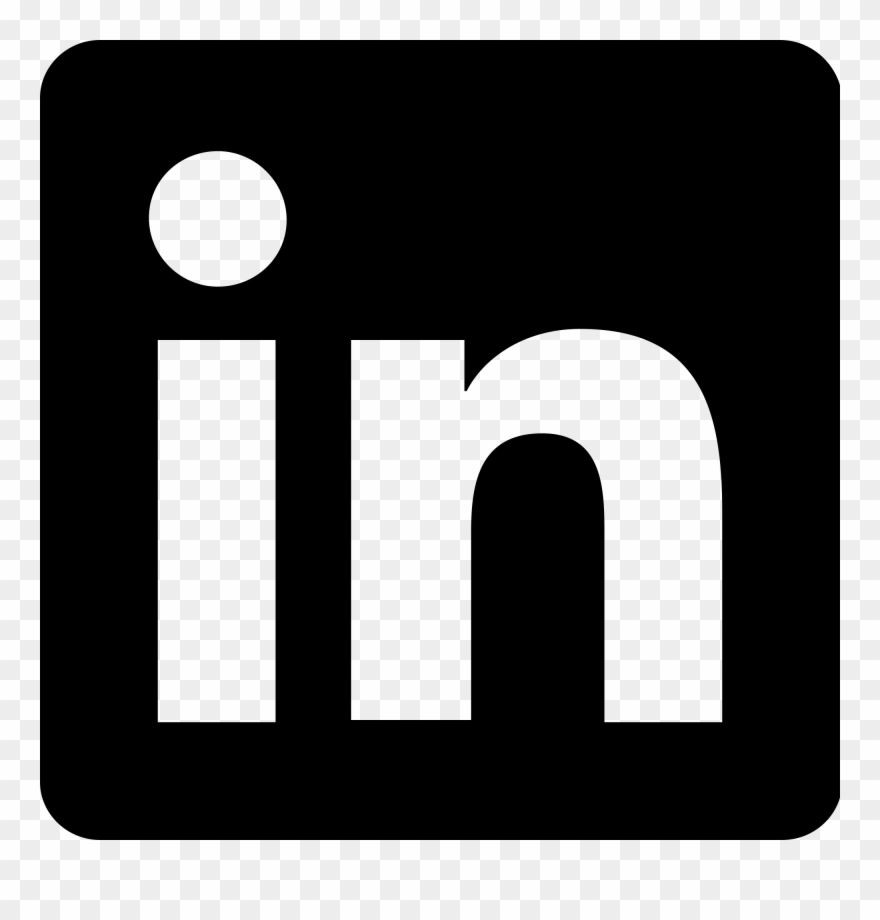It goes without saying that PR in 2019 is far more complex than it used to be. Traditional media is no longer the monopoly and is just the tip of the iceberg that professionals need to consider in their approach to getting clients in the news – or even better, getting them to be the news.
To me, media relations is one of the most exciting aspects of our jobs as PR professionals. Call me a PR geek but nailing that piece of coverage in a national newspaper or magazine with a backlink to my client’s website is something I find quite exhilarating!
Success and impact, however, doesn’t come from a blanket approach. Instead, what I have learnt works well is to focus a laser beam on the media platforms that matter most to your clients’ audience and then build effective relationships with them.
Find the right media contacts
Grow your media contact list with the right people. But remember to continuously edit it, analyse it and annotate it. Journalists typically cover “beats” or specific topics for a given publication, so read through the newspaper or magazine regularly and get to know the reporters and editors that cover your industry. This not only helps you create meaningful dialogues and helps build relationships that can create sustained buzz for your campaign but also shines a positive light on your experience and understanding of the media landscape in the eyes of your client.
Make it personal!
Winning press coverage can often be the result of two things – coming up with a killer pitch and contacting the media about a story in the correct way. Both these factors require that you take time out in your day to personalise your email or phone sell-in to a journalist and make the story relevant to their interests.
Anyone can tell if they’ve received a broadcast email typed out in five minutes to a group of over 100 emails. Personalising your emails can go a long way in establishing a relationship with a key journalist. Keep it intelligent and relevant to their interests and if you are selling in a press release, summarise the context of it in a few bullet points in the email or in the first paragraph.
Anticipate the media’s needs
I mentioned before that the media landscape is continuously evolving and this is true of the quality of content that journalists receive every day. A few years ago, an image was all they required to publish a story. However, today most media platforms are more susceptible to publishing your story if it is accompanied by an interesting video or infographic that is not too brand specific. Issuing your content with these assets improves your chance of getting your story published and ultimately driving SEO of your client’s website.
In fact, what really works for the media is a personal case study with some great images. Regardless of whether your client is in the B2B or B2C sphere, the media likes to publish real-life stories that their audience can relate to on a personal level.
It’s all about timing
“I’m on a deadline.” A phrase I have heard all too often in a media sell-in but one that I have heard less during the early hours of the day. There are conflicting views on when and how to call up a journalist. However, in my experience, an early morning sell-in often works better than doing it past 12 pm. Unless you’ve got a groundbreaking story (the infamous Brexit or something old Donald would have Tweeted about!) that is of significant national importance, I don’t believe that catching a journalist on the phone after lunch will get you anywhere in terms of good coverage.
Think about the journalist’s timescale before you contact them. The more notice you can give them, the better, situation dependent of course. Try to match your time and the journalists and aim for a quiet news day when journalists are more likely to be receptive – easier said than done, I know!
Irrespective of these top tips, it’s important to remember that it takes time to cultivate and build relationships with the media and similarly, it takes time for the media to trust you and your clients’ credibility. Remembering this, accepting that media relations is NOT advertising and implementing some of these tactics will likely help you get the media’s attention in the right way!
By Aamina Mohamed, PR Account Manager at Cogent.



